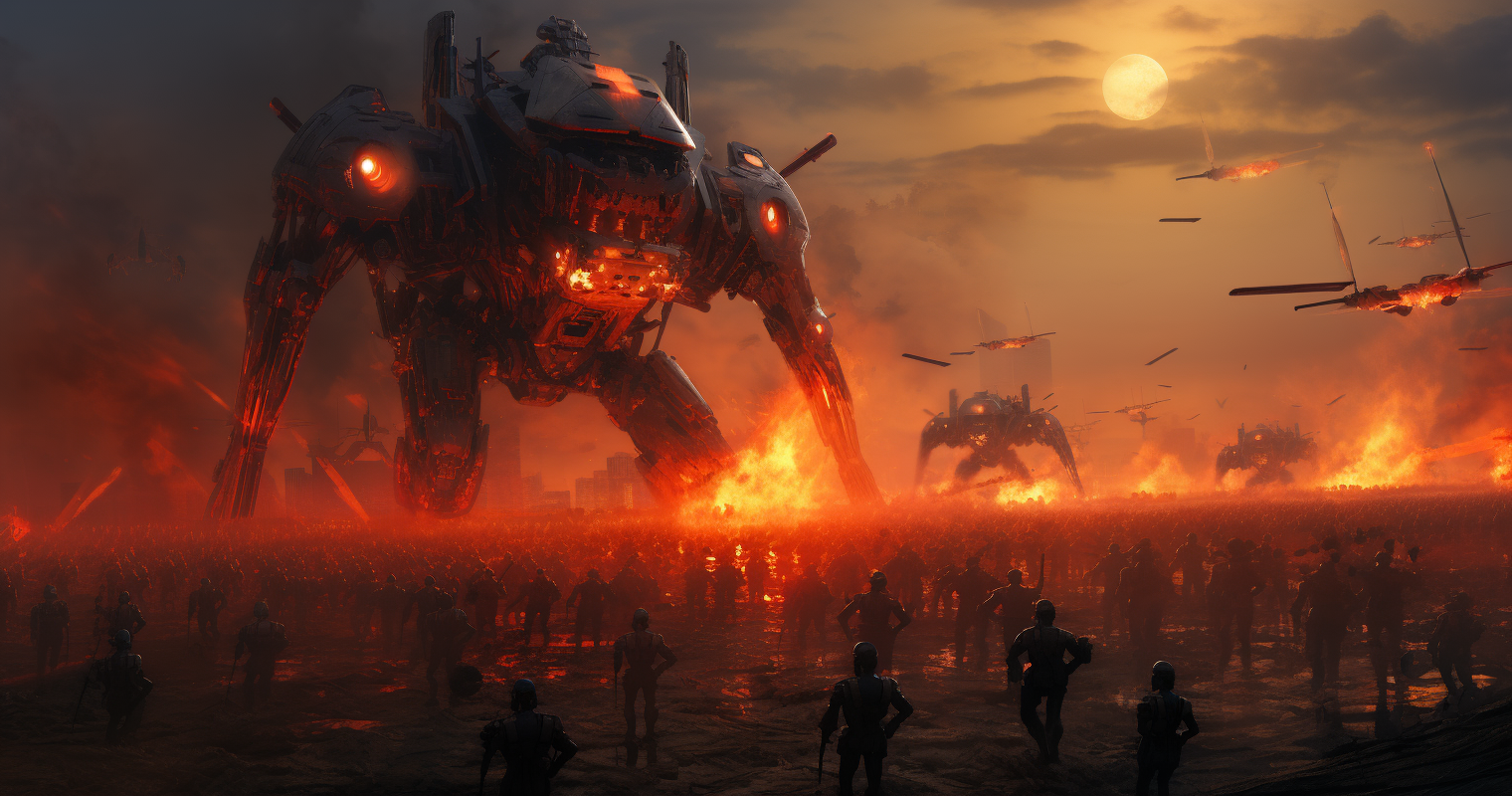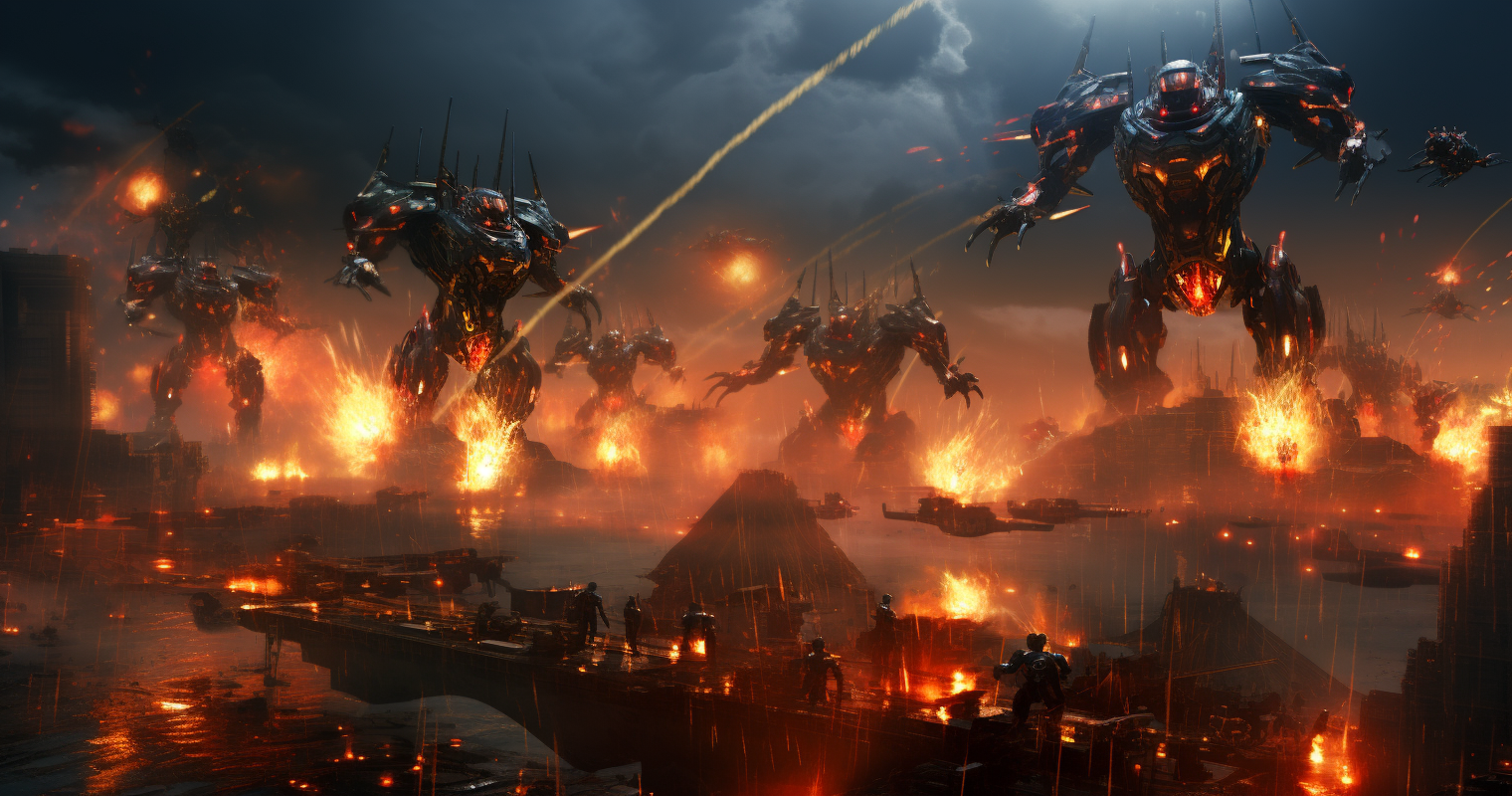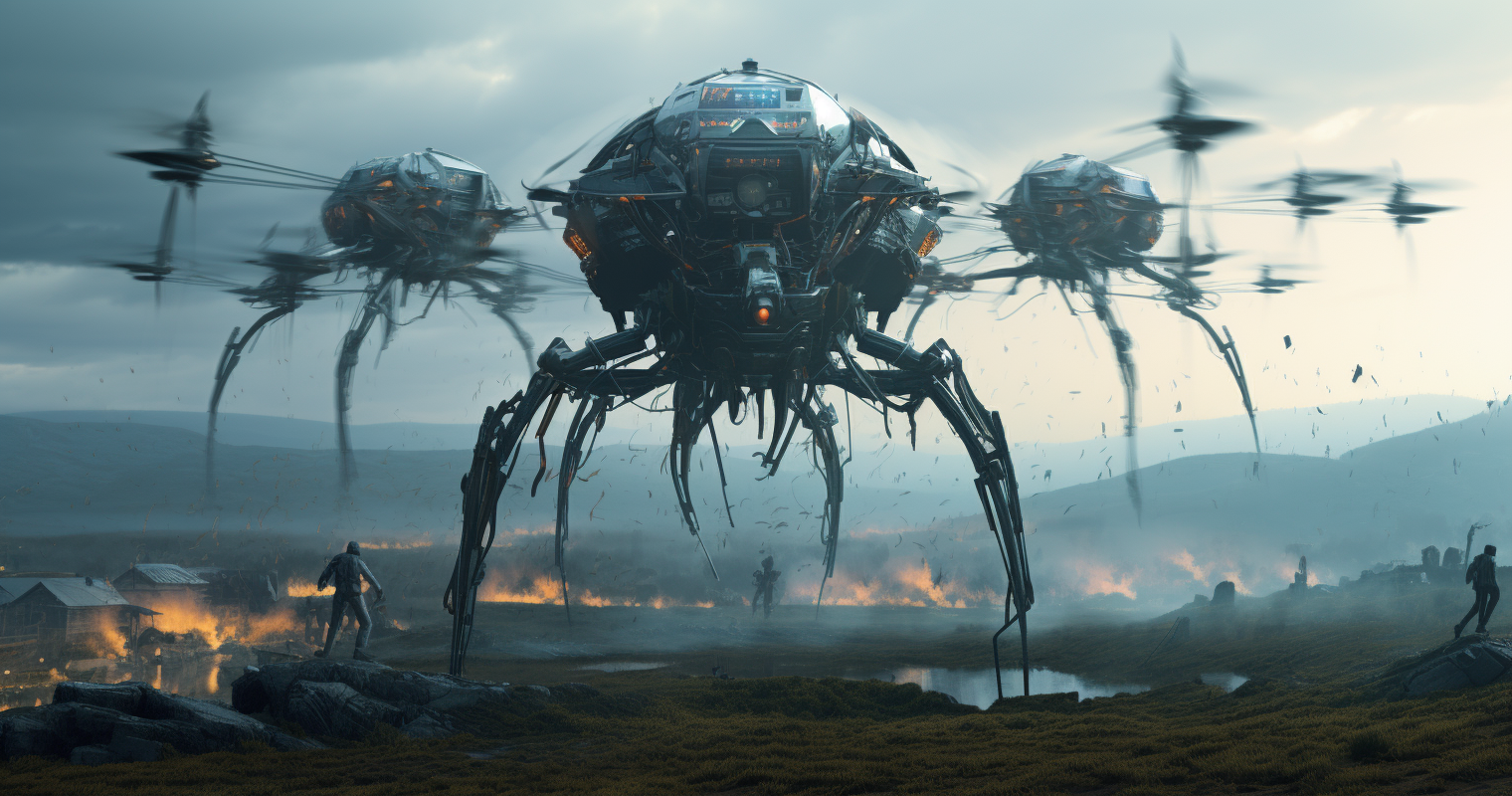The Future of AI vs. AI Warfare: A New Frontier in Combat
As technology advances at an exponential rate, one of the most profound evolutions is the development and deployment of Artificial Intelligence (AI). Historically, nations raced to build more powerful weapons and strategies to gain an edge over adversaries. Today, however, the race is shifting towards creating smarter, more autonomous AI systems that can out-think and out-manoeuvre opponents. Here, we dive into the potential landscape of AI vs. AI warfare and its implications.
The Evolution of Warfare
Traditional warfare has always been about strategy, manpower, and resources. With the advent of the digital age, cyber warfare emerged, focusing on hacking, information theft, and disrupting infrastructure. Now, as AI technologies mature, we are on the cusp of another transformation – where AI systems battle against each other, be it in the digital realm or controlling physical assets.

AI as Offensive Tools
- Autonomous Weapon Systems: Drones, robotic soldiers, and unmanned submarines are just a few examples of potential weapon systems that can be AI-driven. These systems can make split-second decisions based on their programming, potentially reacting faster than human-controlled counterparts.
- Cyber Attacks: Advanced AI systems can scan for vulnerabilities in enemy networks, conduct phishing campaigns, or launch sophisticated attacks with minimal human intervention. They can adapt, learn from defenses, and exploit newly discovered vulnerabilities.
- Information and Psychological Warfare: AI can be used to create and propagate disinformation, deepfakes, or manipulate social media algorithms to influence public opinion, creating chaos and mistrust within enemy lines.
AI as Defensive Measures
- Intrusion Detection Systems: AI can monitor vast networks, analyzing patterns and identifying suspicious activities in real-time, thereby thwarting cyber-attacks before they cause damage.
- Anti-drone Systems: AI can help in recognizing and neutralizing enemy drones by either hijacking their controls or disabling them.
- Decision Support Systems: In complex battlefields with myriad data sources, AI can assist human commanders in making informed decisions, simulating outcomes based on real-time data.

The Challenges of AI vs. AI Warfare
- Ethical Dilemmas: Who is responsible when an autonomous weapon system mistakenly causes civilian casualties? How do nations ensure that the use of AI in warfare respects international humanitarian laws?
- Escalation Risks: With AI systems capable of rapid responses, there’s a potential risk of rapid escalations in conflicts, leaving little room for human diplomacy or intervention.
- Technology Dependence: Over-reliance on AI can create vulnerabilities. If an adversary finds a way to disable or mislead AI systems, it can lead to catastrophic failures on the battlefield.
- Unpredictability: AI systems, especially those using deep learning, can sometimes behave in unpredictable ways. This unpredictability can be risky in a combat scenario.
The Way Forward
The potential of AI vs. AI warfare underscores the importance of international cooperation. As with nuclear weapons in the 20th century, the global community must come together to set guidelines, treaties, and regulations governing the use of AI in warfare. Moreover, research in explainable AI – systems where decisions made by the AI can be understood by humans – will be crucial.

In conclusion, while AI offers immense potential in revolutionizing warfare, it also brings forth challenges and risks that humanity has never faced before. Balancing the benefits with ethical considerations and ensuring that human judgment remains at the core of decision-making will be paramount.





